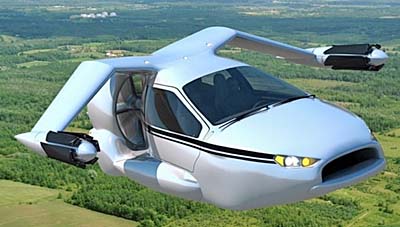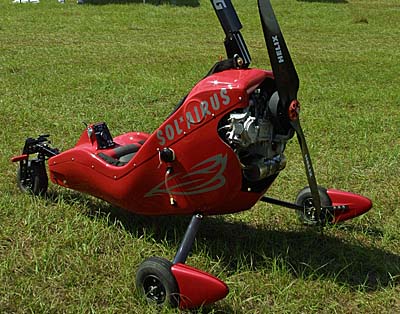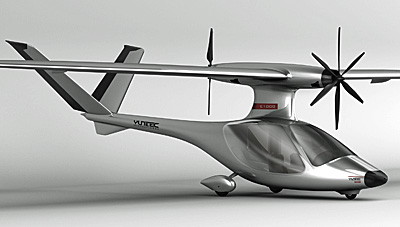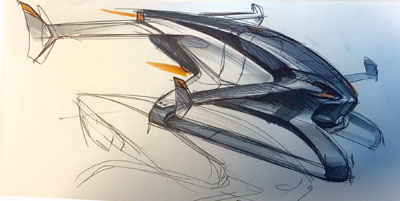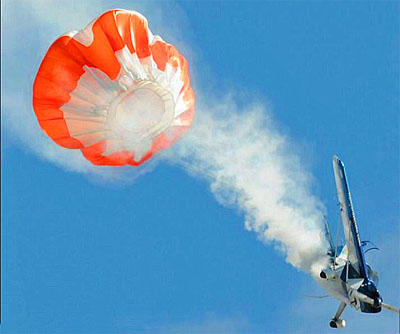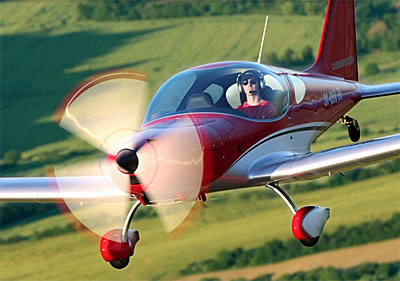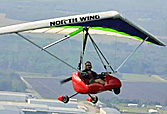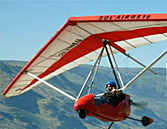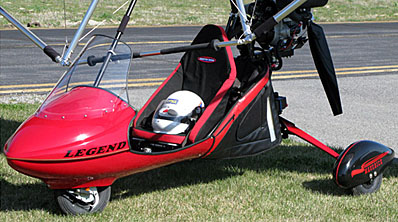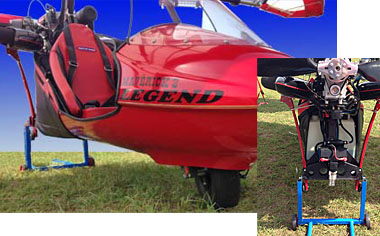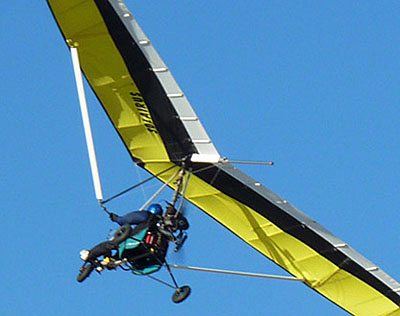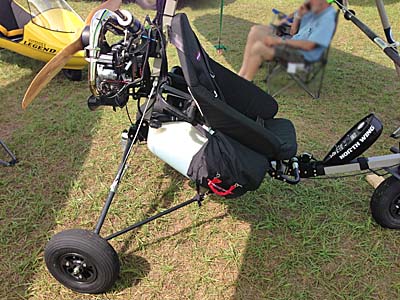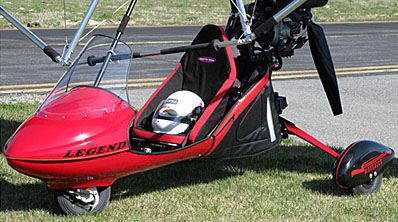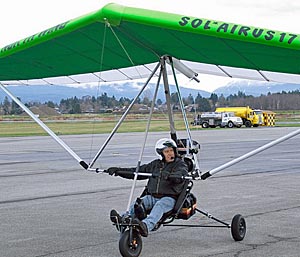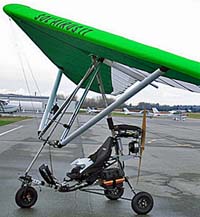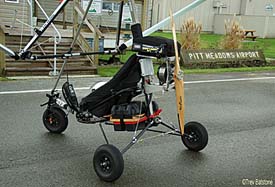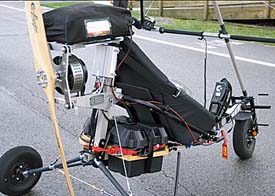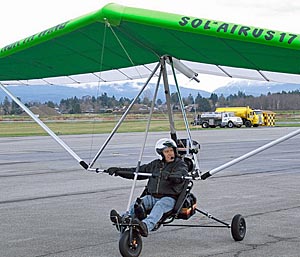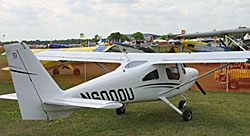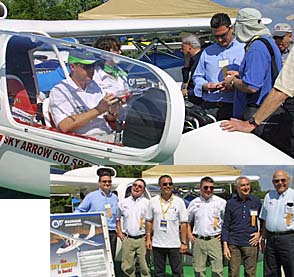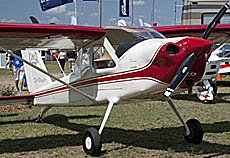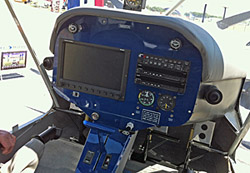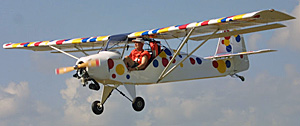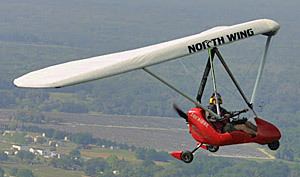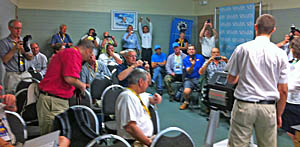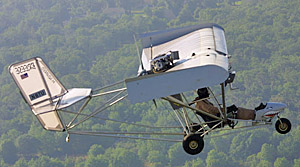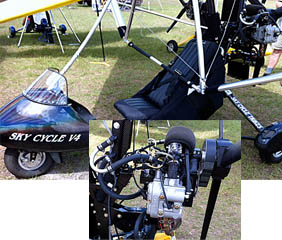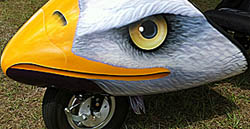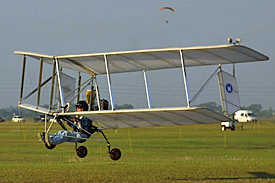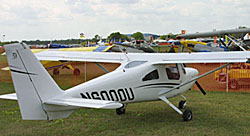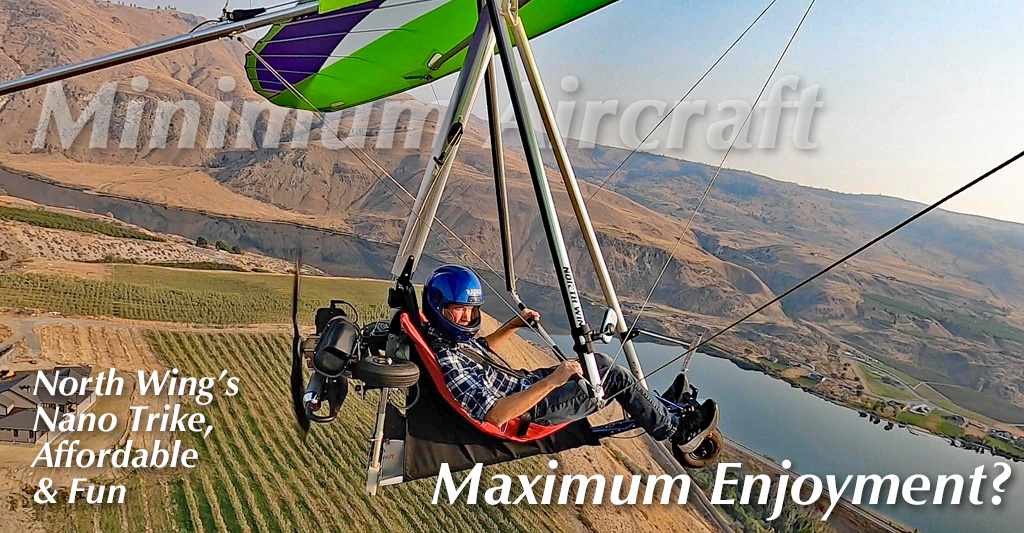
A Message of Thanks on a Day of Thanksgiving Does a “simple aircraft” seem a contradiction in modern aviation? Today, a mid-range LSA is commonly equipped with sophisticated digital avionics, autopilot, articulating fowler flaps, carbon airframes, powerful engines, numerous safety items and quite a bit more. Doesn’t everyone want those features? Is is even possible to fly an aircraft without all these advanced devices and services? Who would want such a simple aircraft? You might be surprised. Over the years I’ve come to believe that Part 103 ultralights (see a lengthy list of 103s) are selling at roughly the same rate as Light-Sport Aircraft (market stats). I frequently get pushback when making this statement but I believe part of the answer is that these aircraft don’t fly where larger, more powerful, faster, noisier aircraft fly. Most 103 aviators fly out of fields or airparks.


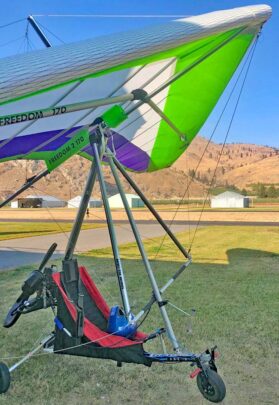 Is is even possible to fly an aircraft without all these advanced devices and services? Who would want such a simple aircraft?
You might be surprised. Over the years I've come to believe that Part 103 ultralights (see a
Is is even possible to fly an aircraft without all these advanced devices and services? Who would want such a simple aircraft?
You might be surprised. Over the years I've come to believe that Part 103 ultralights (see a 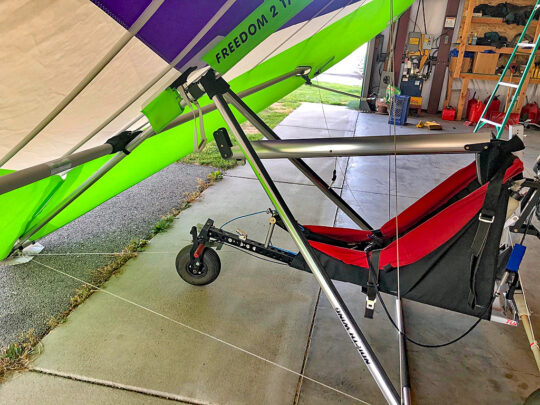
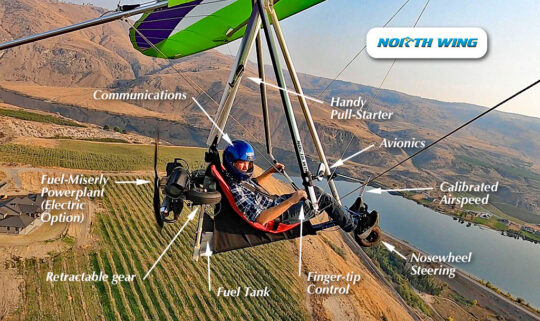
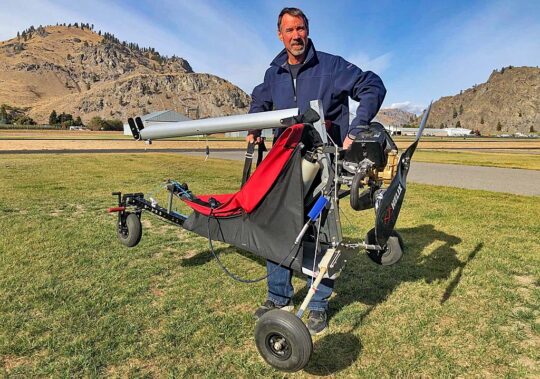
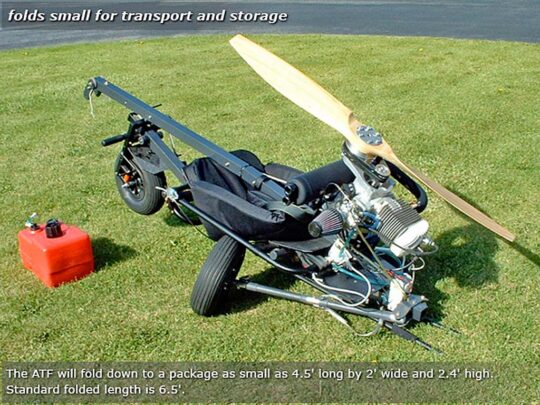 North Wing carefully prices everything they sell — from full-sized aircraft to small accessories — on their website. All shoppers can applaud such full disclosure while budget-conscious buyers especially appreciate the forthright way North Wing does business.
I've personally known founder and boss Kamron Blevins since we were both active in hang gliding. That goes back quite a ways and throughout I've found Kamron to be ambitious, honest, and innovative.
North Wing carefully prices everything they sell — from full-sized aircraft to small accessories — on their website. All shoppers can applaud such full disclosure while budget-conscious buyers especially appreciate the forthright way North Wing does business.
I've personally known founder and boss Kamron Blevins since we were both active in hang gliding. That goes back quite a ways and throughout I've found Kamron to be ambitious, honest, and innovative.
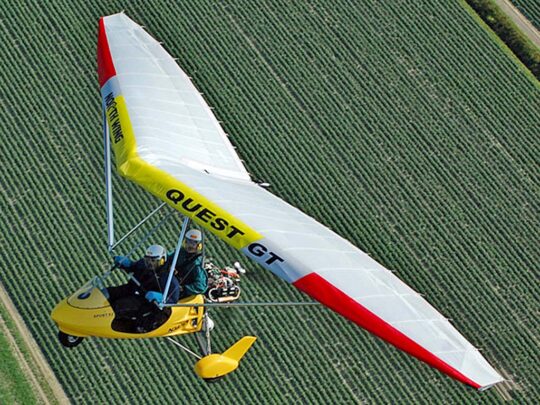 Some can pay the invoice on a high-end aircraft to enjoy its capabilities. That's terrific. Who knows… you might score their used aircraft for a large discount in a few years. For many, though, new is nice yet something much more modest will suffice if it gets them safely up and down to enjoy the view of their surroundings or simply practice a few touch and goes. Any way you can fly is a good way, I'd say.
I've been around recreational aviation a while. So has been
Some can pay the invoice on a high-end aircraft to enjoy its capabilities. That's terrific. Who knows… you might score their used aircraft for a large discount in a few years. For many, though, new is nice yet something much more modest will suffice if it gets them safely up and down to enjoy the view of their surroundings or simply practice a few touch and goes. Any way you can fly is a good way, I'd say.
I've been around recreational aviation a while. So has been 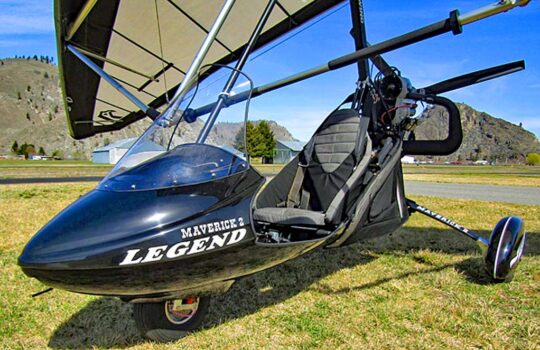 "In 1998, we designed and built our first single place trike (the Maverick) featuring a strutted wing," related Kamron. He was first to use struts on a delta wing, he reports. Yet even while Kamron created a growing number of trike models, he kept supplying the wings for other trike builders in the USA and other countries.
"At North Wing, our main design criteria is to offer … a choice of wings that deliver easy handling, making them fun to fly," said Kamron. I can confirm his opinion; I have described the wonderful handling his wings offer in numerous articles (on
"In 1998, we designed and built our first single place trike (the Maverick) featuring a strutted wing," related Kamron. He was first to use struts on a delta wing, he reports. Yet even while Kamron created a growing number of trike models, he kept supplying the wings for other trike builders in the USA and other countries.
"At North Wing, our main design criteria is to offer … a choice of wings that deliver easy handling, making them fun to fly," said Kamron. I can confirm his opinion; I have described the wonderful handling his wings offer in numerous articles (on 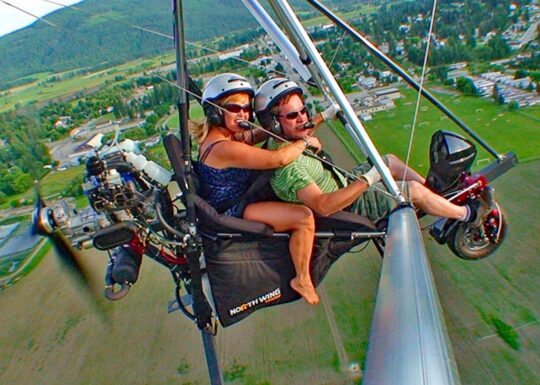
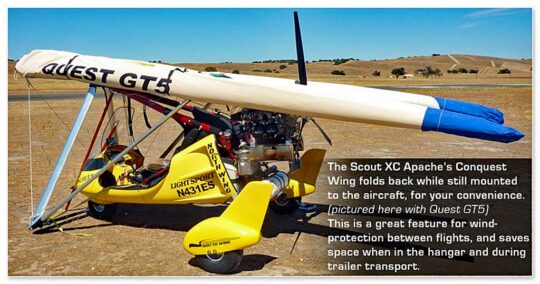 For many Americans, buying in the USA is important. "North Wing is an American company, and we maintain a large inventory so parts availability is only a few days away," assured North Wing. That in-country service and availability will relieve you and can help keep your insurance cost lower.
When you visit the
For many Americans, buying in the USA is important. "North Wing is an American company, and we maintain a large inventory so parts availability is only a few days away," assured North Wing. That in-country service and availability will relieve you and can help keep your insurance cost lower.
When you visit the 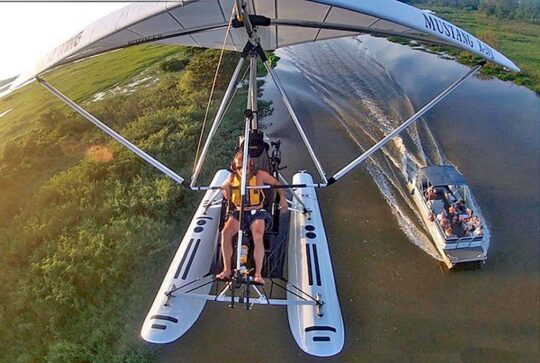
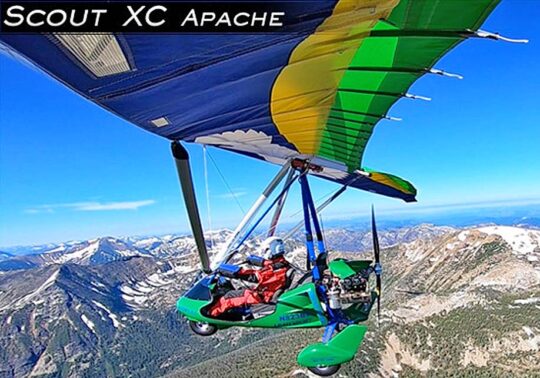 Scout XC Apache
Scout XC Apache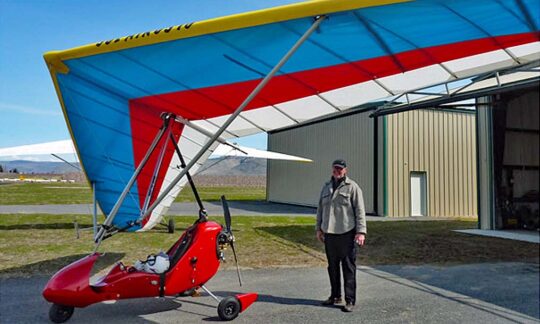
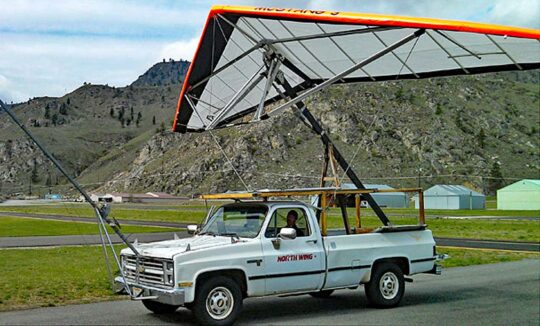
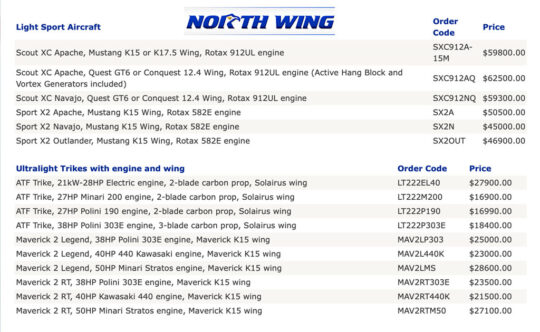
 https://youtu.be/0Nky0tYk8io
https://youtu.be/0Nky0tYk8io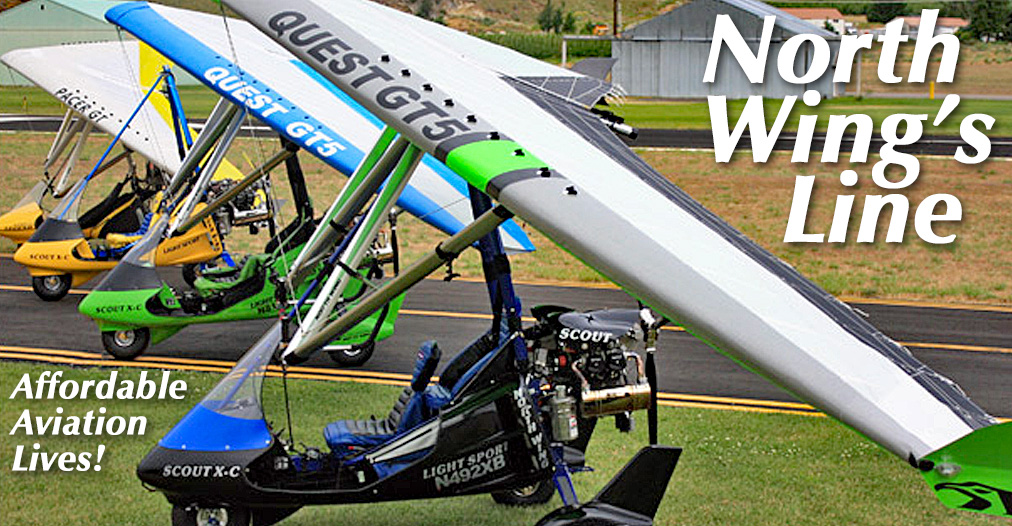
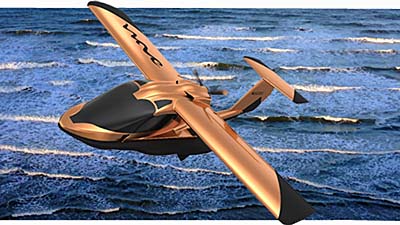
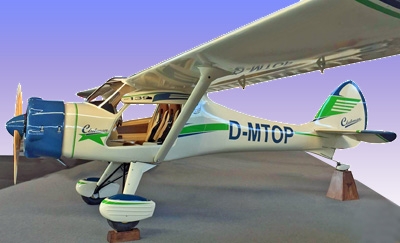
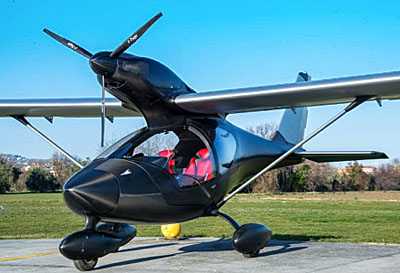
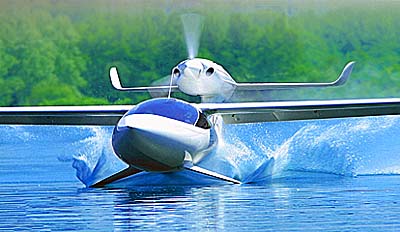
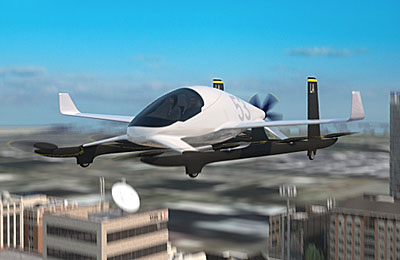 By the way, the use of technology seeks not only to save weight. New methods are used because they can, that is, developers don't need to jump through the regulatory hoops as demanded in Part 23. LSA developers can quickly implement new ideas and materials.
Boeing’s Aurora is one of a flock of new developments aimed at the air taxi trade but it could result in a sport model.
By the way, the use of technology seeks not only to save weight. New methods are used because they can, that is, developers don't need to jump through the regulatory hoops as demanded in Part 23. LSA developers can quickly implement new ideas and materials.
Boeing’s Aurora is one of a flock of new developments aimed at the air taxi trade but it could result in a sport model.
